Television has always been the natural home of Star Trek and in recent years it’s made a big comeback to the format. The debut of Star Trek: Discovery in 2017 not only ended a long drought for the franchise but ushered in an exciting, expansive new chapter.
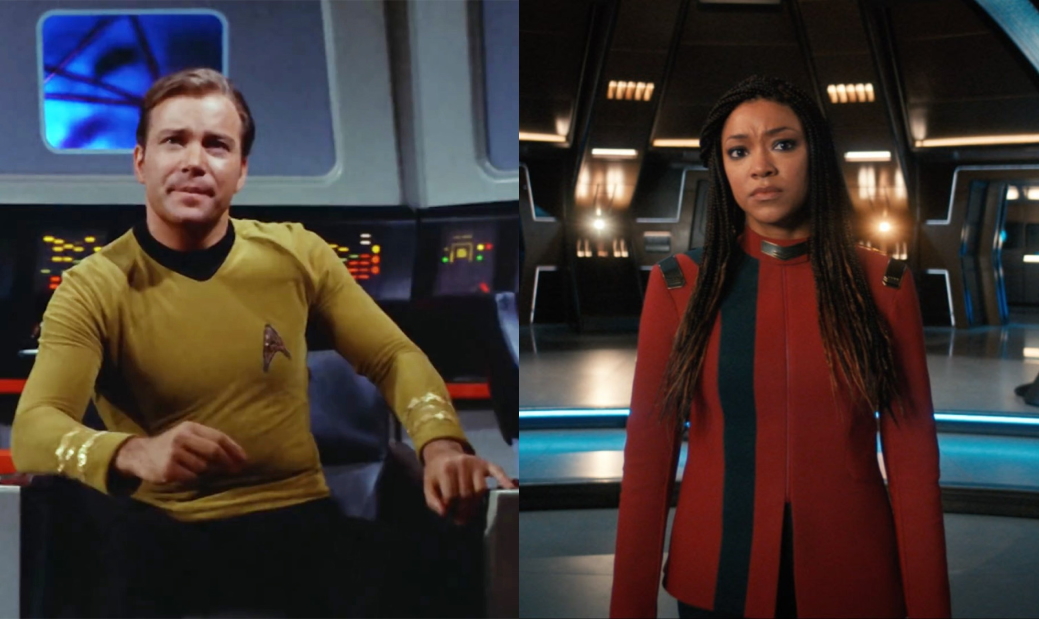
But how does this new era of televised Star Trek stack up to the storied era that preceded it, starting with Star Trek: The Original Series in 1966, featuring fan favourites like Star Trek: The Next Generation, and ending with the cancellation of Star Trek: Enterprise in 2005?
Well, let’s find out. This is old Star Trek vs. new Star Trek!
Old Star Trek vs. new Star Trek: Heroes
Every franchise needs heroes to cheer on through thick and thin and old Star Trek boasts many. There are traditional, gung-ho heroes like James T. Kirk and Worf, dependable in a tight spot; quieter, intellectual heroes like Spock and Jean-Luc Picard, saving the day with diplomacy and logic; and battle-scarred heroes like Benjamin Sisko and Jadzia Dax, serving on the frontlines of war.
There are heroes who face impossible odds like Kathryn Janeway, steadfastly leading her lost crew home; heroes who overcome personal challenges like Seven of Nine, rehabilitated from the Borg; and heroes who truly go where no one has gone before like Jonathan Archer, taking humanity’s first steps into deep space.
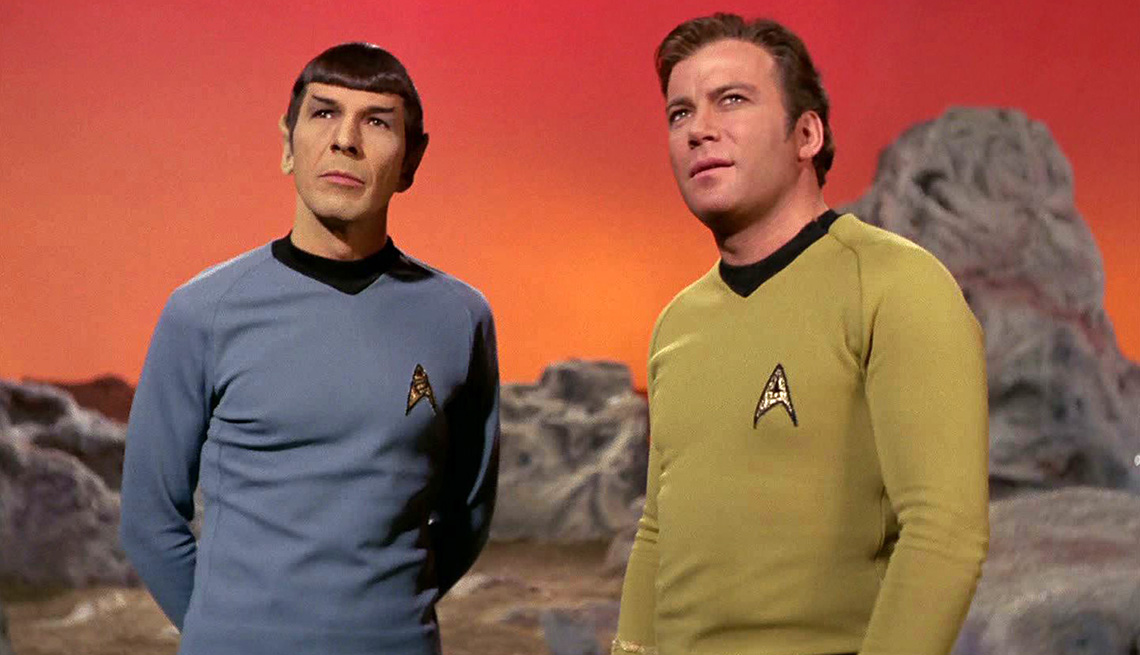
Despite its youth, the new iteration of the franchise offers up an impressive roster of its own: reformed heroes like Michael Burnham, rising from disgraced mutineer to captain; unlikely heroes like Sylvia Tilly, arguably the most relatable, human character in Star Trek history; and heroes like Saru, who overcomes not only his enemies but his own fears.
And it welcomes back old favourites like Picard, older, wiser, and more haunted; Christopher Pike, leading despite knowing the tragic fate that awaits him; Seven of Nine, more human but still not at home among humanity; Spock, younger and more imperfect; and Janeway, computer animated but still very much the hero we knew.
Winner: tie. The old series boast classic and unforgettable heroes, but new Star Trek’s already-impressive roster combined with welcome returns for their classic counterparts makes this even.
Old Star Trek vs. new Star Trek: Villains
What are heroes without villains? Some of the old series’ most memorable villains are their most powerful, like Khan Noonien Singh, the genetically enhanced superbeing, and the Borg Queen, who cruelly press-gangs countless innocents into her hive-minded army.
Then there are complex villains like Dukat, cold and power-hungry but with flashes of humanity, who becomes increasingly, dangerously deranged after suffering tragedy; ambiguous villains like Winn Adami, the religious leader who resents that her Prophets eschew her for Sisko; sadistic villains like Madred, who imprisons and tortures Picard; and thorns in the side like Tomalak, who pops up every now and then with another scheme.
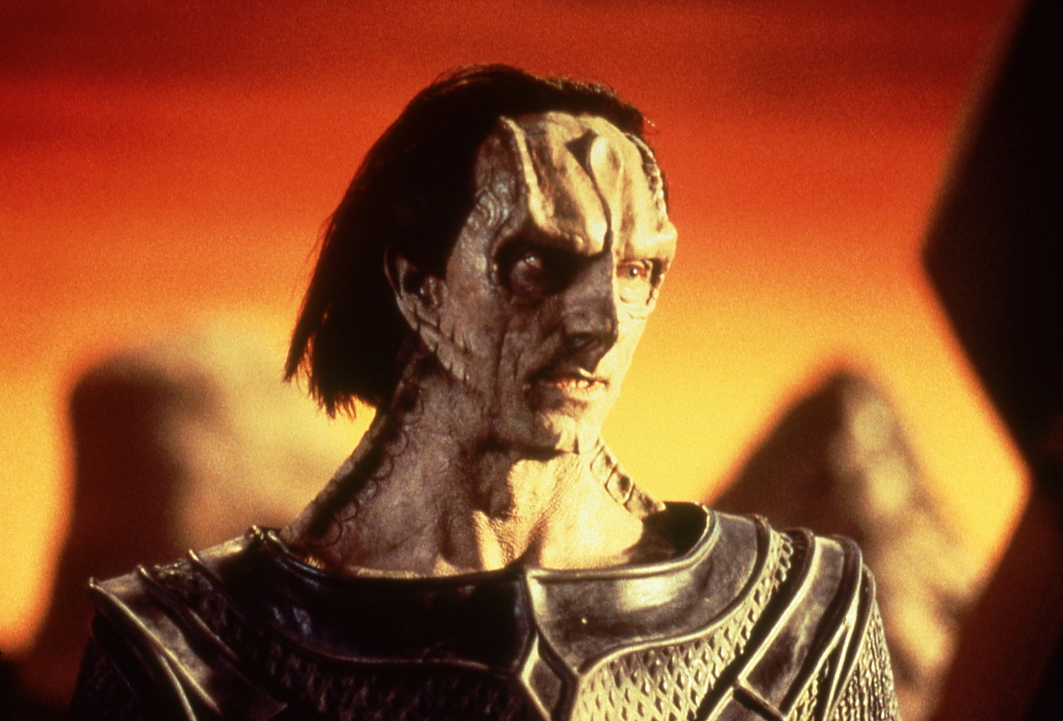
The new iteration also boasts strong villains; cool and calculating villains like the Mirror Universe Gabriel Lorca, who plays a long game to overthrow his emperor; deranged villains like Adam Soong, the geneticist seeking immortality by any means; and charming villains like Narek, the spy who extracts his target’s deepest, darkest secrets through seduction.
There’s even a faceless villain – Control, a rogue computer programme that attempts to take over Starfleet’s computers. And speaking of technological enemies, the new iteration welcomes back the Borg Queen, this time stripping back her layers and exploring her humanity.
Winner: tie. The old series boast infamous villains like Khan and Dukat, but with inventive additions like Lorca and Control, new Star Trek holds its own.
Old Star Trek vs. new Star Trek: Storylines
Two categories in and it’s two-all. Could this section be where one era edges ahead?
There is one major difference between them when it comes to storytelling; old Star Trek is largely episodic (excepting later seasons of Star Trek: Deep Space Nine and Enterprise) whereas much more of the new era is serialised, with storylines lasting whole seasons.
Some of the old series’ most memorable storylines are those that pit humanity against a formidable foe, like the Borg attack in The Next Generation or the Dominion War in Deep Space Nine. Such storylines are not only gripping but inflict trauma on characters which is later explored, as with Picard after his assimilation by the Borg, Sisko after losing his wife in battle, and Nog after losing his leg in a Dominion attack.
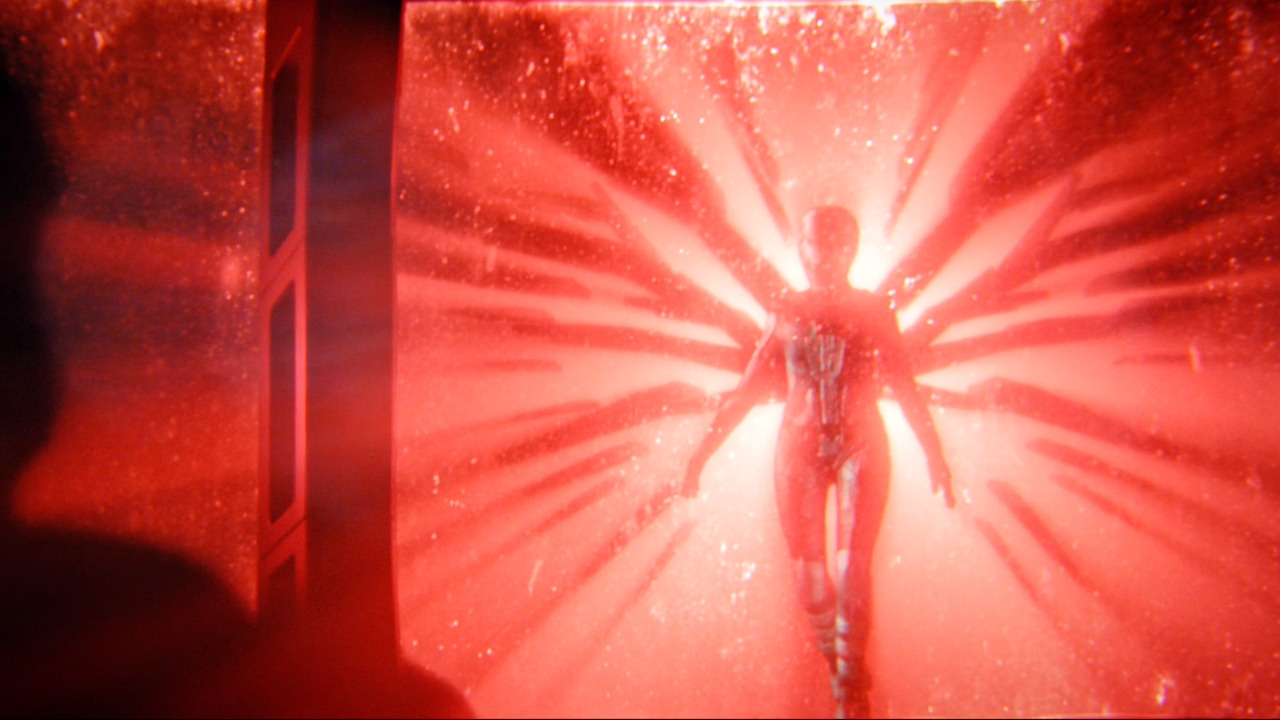
Another old series staple is their propensity to tell moral stories that hold a mirror up to our society. The Next Generation is particularly known for these, with classic episodes like ‘The Measure of a Man’ in which a Starfleet scientist wishes to dismantle Data, an android, in order to produce replicas, and Picard must argue for his self-determination.
Other interesting storylines explore characters’ cultures, like Spock’s Vulcan culture, Worf’s Klingon culture, and Quark’s Ferengi culture. The Klingon storylines are most memorable, exploring in depth the warrior race’s religion, politics, and honour. The Ferengi storylines are also interesting – humorous in tone but exploring a patriarchal society in which women struggle for equality.
The new series’ storylines are often season-long, with revelations and plot twists. In one example from Discovery, a mysterious being known as the ‘Red Angel’ appears at various points across space. Its nature and the reason for its appearances gradually unfolds over the season. That’s not to say there aren’t still moral stories and cultural exploration stories, but they’re a lesser focus.
Winner: old Star Trek. The twisty-turny storylines of the new series are exciting, but the old iteration boasts some truly iconic storylines, and edges out its newer counterpart on stories involving morals and cultures.
Old Star Trek vs. new Star Trek: Aliens
Speaking of alien cultures, we couldn’t very well do an article on Star Trek without a category on aliens.
The old iteration of the franchise introduced numerous now-famous alien species: Vulcans, who prize logic and suppress emotions; Romulans, Vulcans’ isolationist sister race; Klingons, fearless warriors with a strict code of honour; Bajorans, deeply religious and rediscovering themselves after years of occupation; Cardassians, who value military might; the Borg, a race of abductees robbed of their self-determination; the Ferengi, ultra-capitalists who prize wealth above all; and Trills, symbiotic hosts to ancient beings.
The old series even introduced an ‘anti-Federation’ – the Dominion, led by Changelings, shapeshifters paranoid about solid beings. The Changelings have genetically engineered two other races to do their bidding: the Vorta, their diplomats, and the Jem’Hadar, their soldiers.
These classic cultures are explored in great depth, with their language, religions, customs, currencies and politics all fodder for some of old Star Trek’s best episodes.
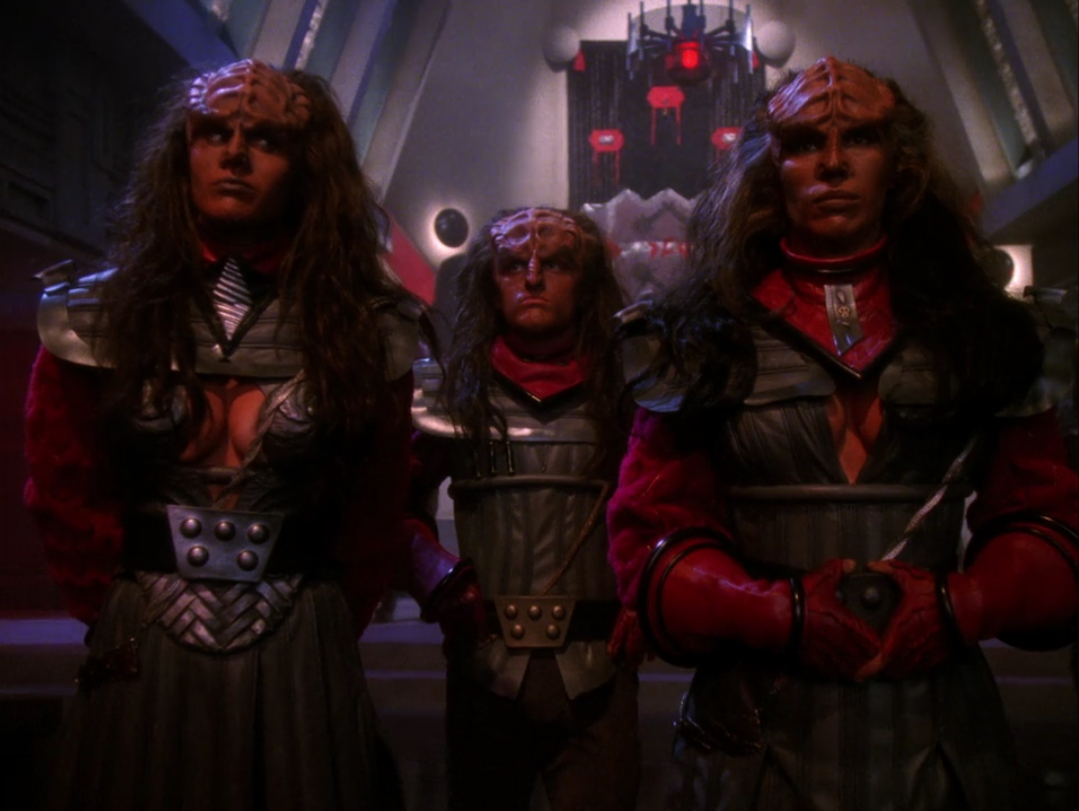
The new era is obviously at a disadvantage with far fewer years, but it still makes some interesting contributions of its own like the Kelpiens, who share their planet with the murderous Ba’ul and who have fear and self-preservation hardwired into their being. It also revisits old aliens in interesting ways; Vulcans and Romulans have now unified on one planet, Ni’Var, and a Cardassian is Federation president.
Winner: old Star Trek. The new series introduce some interesting aliens and revisit old ones in new ways, but their older counterparts birthed too many memorable examples not to win this.
Old Star Trek vs. new Star Trek: Ships
Four sections in and the old era has warped ahead. Could this section be new Star Trek’s chance to catch up?
Star Trek is nothing without ships and the old series field some classic examples. Kirk’s Enterprise introduced the instantly recognisable saucer and nacelles design. The interiors themselves are straightforward and spartan, a means to explore the galaxy and little more. Picard’s Enterprise is far plusher, with pastel carpets, spacious crew quarters, and Ten Forward, the crew mess offering synthehol, three-dimensional chess, and celestial views.
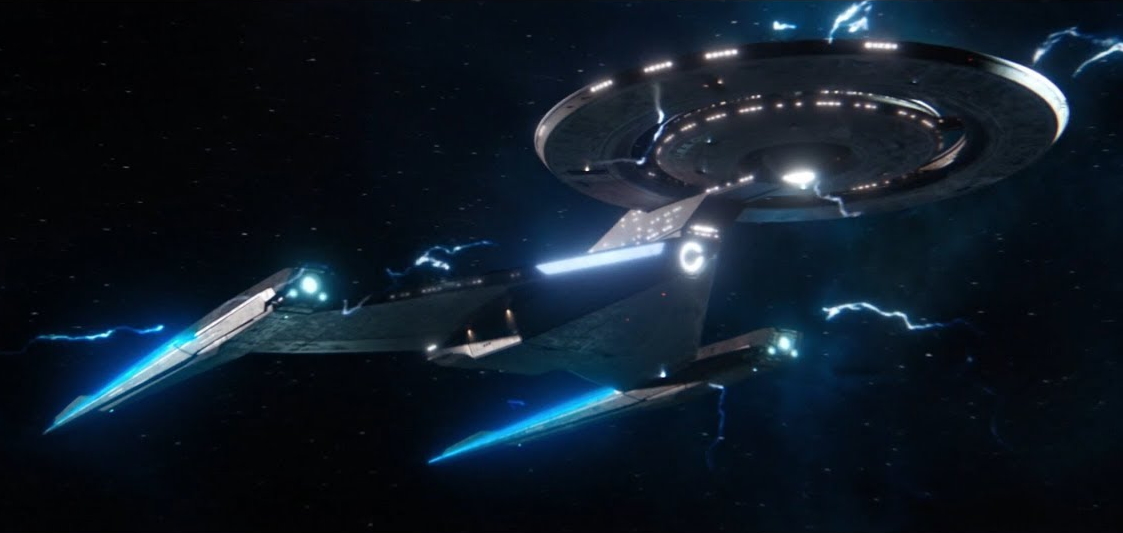
Deep Space Nine is the only non-human Star Trek setting; a moody, low-lit Cardassian mining station turned diverse galactic hub. The station’s centrepiece is its cavernous promenade, home to Odo’s security headquarters, Bashir’s surgery, Garak’s tailors, and Quark’s bar, in which drinks, dabo, and holosuite adventures await.
The new iterations field some impressive entries as well. Discovery is one of the coolest ships in the entire franchise with a unique, dual-spinning saucer design, elongated nacelles, and glass-sided corridors with views into the ship’s inner workings. New Star Trek also reintroduces the original Enterprise, reimagined with a slick, retro-modern design that fuses the aesthetics of the past and present.
Winner: tie. The old shows feature some iconic, instantly recognisable ships, but the new shows counter with some impressive designs of their own that bring the franchise’s aesthetic bang up to date.
Old Star Trek vs. new Star Trek: Effects
Old Star Trek is definitely at a disadvantage here, given the advances in special effects over the years, but setting a franchise in space has always necessitated visual effects of some kind, so we could hardly ignore this category.
The old series used physical models for ships and matte paintings for alien backdrops. There’s something to be said for these approaches; they aren’t as dynamic as modern CGI, but they do offer a realism that it can’t always match, and the painted backdrops of planets like Bajor and Romulus are undeniably beautiful.
Even the old series’ early CGI holds up well; the space battles of the Dominion War, in which countless ships share the screen at any one time, remain an impressive and thrilling spectacle.
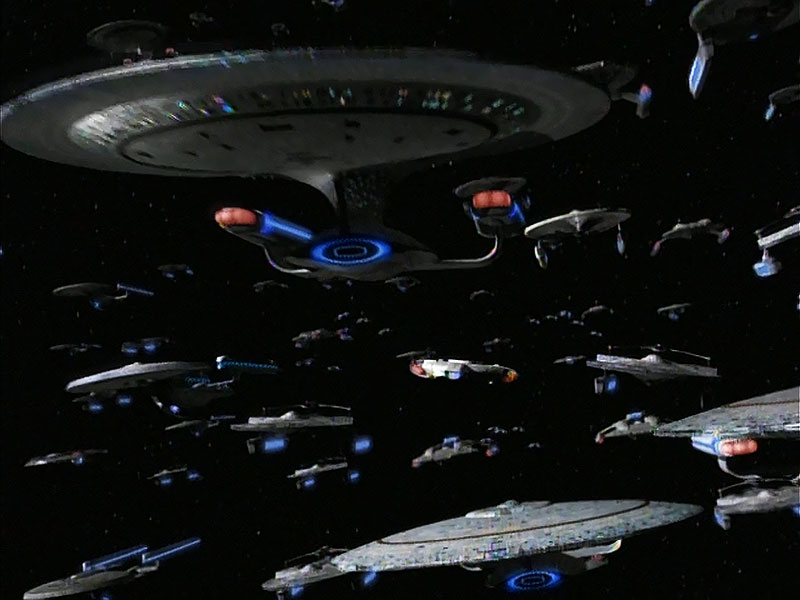
New Star Trek benefits both from the advances in CGI and from the visual excesses of the modern era. In contrast to The Next Generation’s relatively staid exterior shots of Enterprise, Discovery keeps finding new angles from which to capture its titular ship. A highlight is the ‘through the window’ shot, where the camera zooms from outside the ship into the room the characters are in, blurring the lines between the physical interiors and the CGI exteriors.
Winner: new Star Trek. What did you expect?
Old Star Trek vs. new Star Trek: Theme Tunes
Six sections in and the new era is closing the gap. It’s all to play for as we move onto themes!
The old shows’ theme tunes largely follow a similar format; orchestral and dramatic, but that’s not to say there isn’t variety. The Original Series’ theme plays on the otherworldly nature of science fiction, with its weird, warbling soprano. The Next Generation’s theme starts with The Original Series’ familiar intro, then swaps its refrain for something brassier and more dramatic.

Deep Space Nine’s is the best of all – a sweeping, solemn piece evoking the loneliness of its space-station-on-the-edge-of-nowhere setting (although in later seasons it’s amped up, reflecting the station’s increasing busyness). Enterprise breaks the mould altogether, swapping the standard orchestral theme for the poppy ‘Where My Heart Will Take Me’ by Russell Watson.
The new series dismiss Enterprise’s aberration and continue the tradition of orchestral themes, most featuring a nod to the Original Series’ classic intro. The theme from Star Trek: Picard’s first season is particularly good – an understated, reflective piece that mirrors its older, more troubled main character.
Winner: old Star Trek. The new series add some solid entries, but the ubiquity of The Original Series’ theme and the beauty of Deep Space Nine’s are undeniable.
Old Star Trek vs. new Star Trek: Intros
As with its themes, old Star Trek’s intros follow a similar format, but they still evolve. The Original Series’ and The Next Generation’s are fairly simple, with multiple flybys of the Enterprise before it spools up and goes to warp.
Star Trek: Voyager benefits from the improved visual effects of the time, its titular ship gliding majestically past solar flares, planetary rings, and asteroid belts. As with its theme, Enterprise breaks the mould, depicting humanity’s journey from sailing ships, to space travel, to the launch of Enterprise.
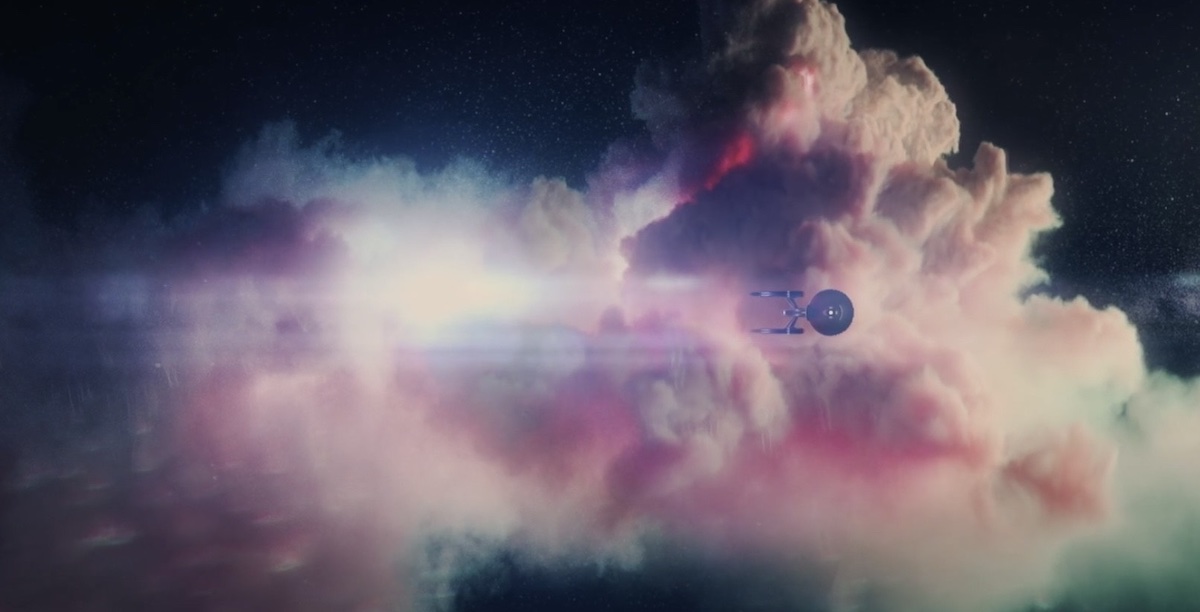
New Star Trek changes things up; Discovery and Picard feature artful, abstract intros with imagery connected to the season. Star Trek: Strange New Worlds revives the classic approach but uses the advances in CGI to magnificent effect, with a dizzying blend of closeup shots showing Enterprise’s detail and wide shots showing her passing planets, nebulae, and space stations.
Winner: new Star Trek. The old iteration boasts some iconic intros, but the detail and variety of new Star Trek, and the advances in visual effects, means it edges out its predecessor.
Old Star Trek vs. new Star Trek: The verdict
The verdict is in and it’s a win for old Star Trek, six categories to five!
That shouldn’t be surprising given it has many years on its newer counterpart. If anything, it’s impressive that despite its youth, the new era is already drawing even in some categories and winning in others. Hopefully, as Sisko and holographic crooner Vic Fontaine once sung in Quark’s holosuite, the best is yet to come.
Which is your favourite era of Star Trek? Let us know in the comments below.

Star Trek Discovery scarf – order now from the Lovarzi shop!








Leave a Reply